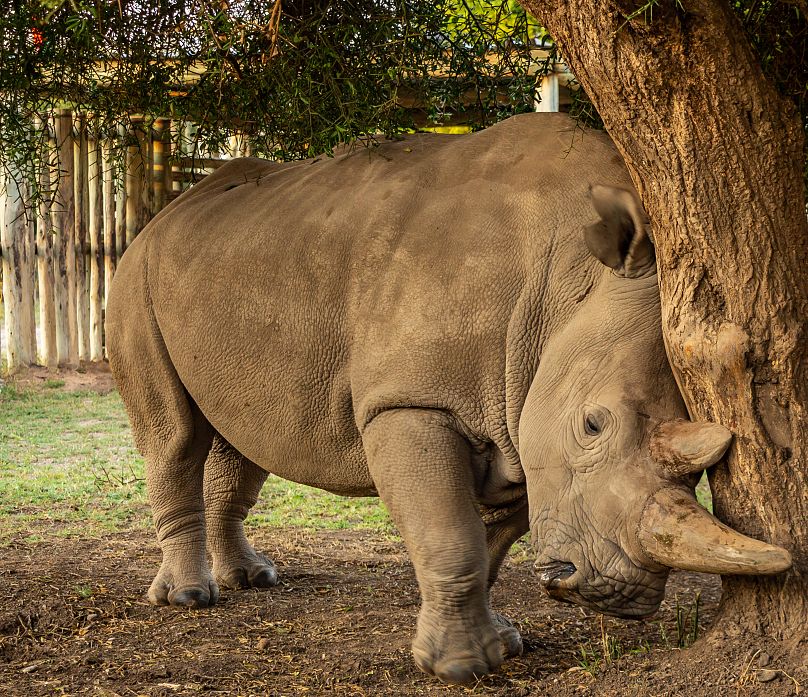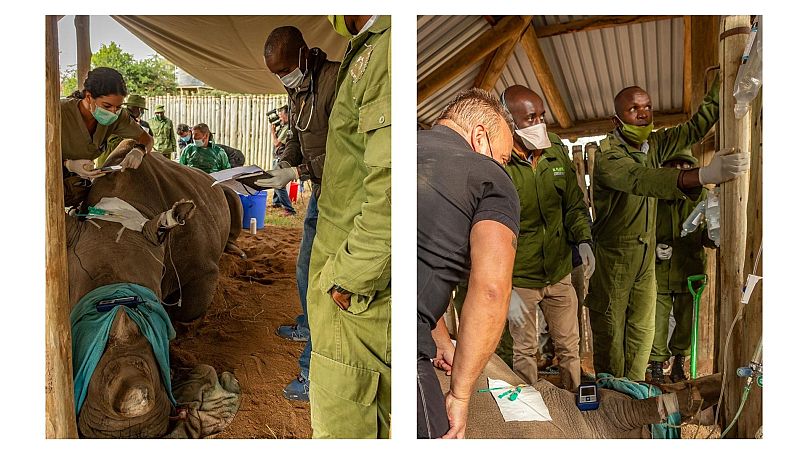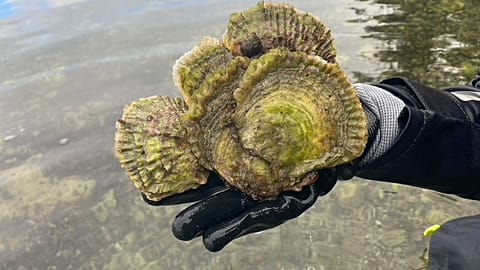With only two females left, the subspecies is in critical danger.
Ten eggs have been harvested from the last two remaining northern white rhinos in an effort to save the near extinct subspecies. Natural reproduction is now impossible as the last male of the subspecies died in March 2018.
Northern white rhinos are considered critically endangered by the IUCN Red List. Poaching and civil war in the countries they call home have decimated populations over the last three decades. Rhinos are particularly vulnerable because they are relatively unaggressive and are hunted for their horns which are used in Traditional Chinese Medicine.
“It is work that is becoming more and more important as the human race continues to ravage the natural world,” said Richard Vigne, managing director of Ol Pejeta Conservancy. “We very much hope that our efforts keep drawing attention to the threats posed to biodiversity across the globe.”
After a delay due to COVID-19, conservationists have renewed their programme to try and save the rhinos from dying out completely.
The team of international scientists working in the Ol Pejeta Conservancy in Kenya hope that they will be able to use frozen sperm from now dead male rhinos to create viable embryos.
Continuing work to save the rhinos
The news comes almost exactly a year after the team’s first groundbreaking move to save the subspecies using artificial reproduction methods. This is the third “ovum pickup” and plans are now in place to move to the next phase of the mission.
As neither of the two remaining females is able to carry a pregnancy to full term, once fertilised, the eggs will then be implanted into a surrogate. A female southern white rhino from a herd at Ol Pejeta Conservancy will be selected and then the team will create the ideal hormonal environment for the embryos to survive.
“Time works against us as the oocytes that are not harvested will be lost physiologically anyway so we must try to do as many collections as possible in absolute safety,” said Cesare Galli, director of Avantea - the lab in Italy where the embryos are being created.
“But collecting oocytes in Ol Pejeta is only the tip of the iceberg. A lot of work is taking place behind the scenes in European zoos to be able to establish the first pregnancy with southern white rhino embryos as this will be instrumental before we thaw and transfer any northern white rhino embryos.”
Only time will tell if the conservationists can manage to bring the species back from the brink of extinction.




















